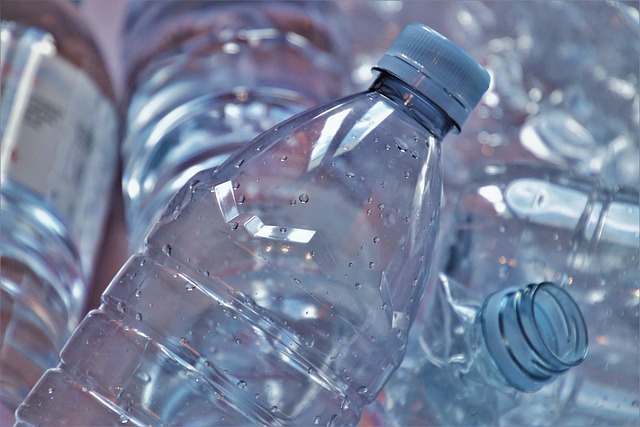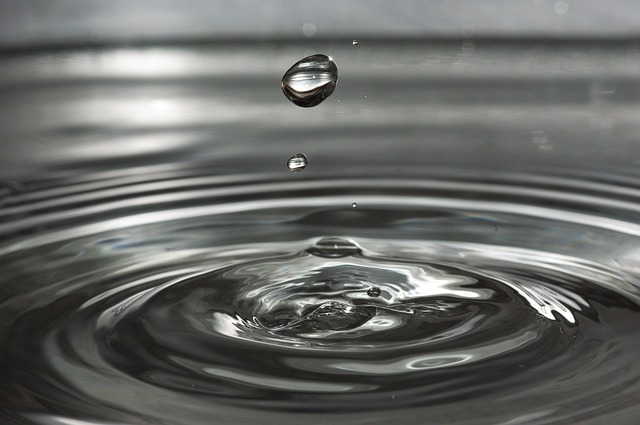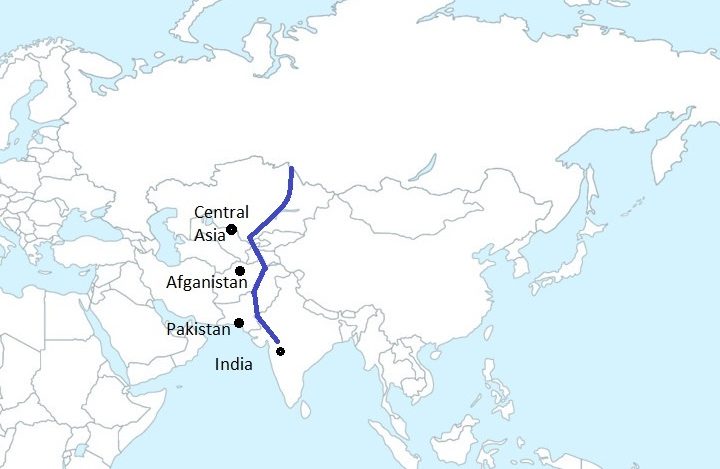The Ever-Present Problem of Plastic Pollution:
Not only in Pakistan but all around the globe, the dependence on plastic is reaching an all time high and we realized how great this dependence was when the Great Pacific Garbage Patch was discovered floating in the stretch of water that spans from the West Coast of North America to Japan.
Read more: How Pakistan Is Handling Plastic Waste and Pollution?
Besides this, the plastic problem is ever present by the fact that still, we can’t seem to figure out how to curb its use and find new alternatives instead. Banning is clearly not the only solution this problem since every single industry in the world and every aspect of an individual’s life requires the use of plastic and by banning it outright, our lives would be disrupted severely. So, we need to seriously consider this as an issue to be resolved and to brainstorm new ways.
Ways to Solve Single-Use Plastic Pollution Problem:
- Raising Awareness: It doesn’t mean that we just need to tell people how plastic is bad for the environment and how it takes thousands of years to decompose but that instead of printing ‘plastic is bad’ on posters and backs of textbooks, we need to tell them how we can switch to other non-disposable alternatives instead and why that would be so much better. And for that, we need to actually provide them with alternatives. Tote bags and cloth bags are given at a price at shops. Most importantly we need to implement policies that regulate plastic manufacture and consumption.
- New Policies: This one is for those who are in a position that can actually implement new policies and regulations. One such could be in conjunction with the above mentioned point; tax the plastic consumers, such as plastic products like cups and utensils that are often bought in bulks and quickly disposed off. More than half of the time it is not even properly disposed off. So there could be also an initiative in which plastic purchases are tracked and in case of improper disposal, these people who litter or do not dispose off properly could be tracked and fined. This would not only give rise to a sense of responsibility and accountability but also lead to more people buying and using plastic in a conscious and responsible way that comes at a cost to them.
- Collection of Plastics: Plastic toys, materials, products along with the plastic utensils and disposables should be collected in a separate landfill which can be accessed easily in order to reuse the plastic. Mixing it with the normal municipal solid waste is wrong and should be forbidden. Installations of segregated bins in all neighborhoods, societies and urban centers particularly in highly populated areas should be mandatory. The bins would effectively allow easier collections for not just plastic but also glass, tins and paper.
Check out: The Problems and Effects of Plastic Debris in Rivers and Seas of South Asia - Recycle and Upcycling: Reuse of plastic is obviously the answer but in some cases where it is not possible such as highly damaged plastic, malformed or misshapen plastic, that product could be upcycled instead. Upcycling entails making a completely new product using the old one.
One such example could be to use plastic waste to make roads- this is excellent since we need roads to last long and it is known that asphalt and concrete come from the last petroleum fraction and that they also emit GHG’s as a result of their production. So, basically we can kill two birds with one stone by using plastic in roads as it takes a long time to degrade and is also a great way to use old plastic without requiring petroleum fractions.
Another example is that plastic can also be melted and used as construction material similarly. This is definitely a bit expensive since melting plastic would require high temperatures but in the long run it is a one time investment, much like solar panels, as these bricks and walls made of plastic are sturdy and do not contribute to the pollution we see on landfills and water as it would be used for a purpose on land.
In Islamabad, Pakistan, Ataturk Avenue is a road that is entirely built out of recycled plastic. So, this is not only entirely possible but we also have a live proof of it! - Avoid Products with Microbeads: This usually brings attention to the use of personal care products and makeup and skincare. Many of these products contain microbeads and microplastic that end up in the water. So, the solution to this is to buy local and organic products that do not contain these as mostly the commercially, high end brands are the ones who use microbeads in their products.
Also check out: Non-Recyclable Multi-Layer Plastic MLP Uses and Alternatives - BioPlastics: The government should encourage startups and provide an initiative to businesses to install biomass plants so that we can make plastic using other biological waste products like agricultural crops; hay stalks, cornstalks, cornsilk etc. There are other ways to make plastic like material too, like from banana and other fruit peels that is biodegradable etc. The industries could also take a step further by using that bioplastic in their own branding and product packaging.
After all, when we provide people with alternatives to plastic that are sustainable and also provide the same convenience to people that single-use plastic has, then we will successfully have curbed the abuse of plastic products.
Related: Production of Bioplastic By Using Biodegradable Sources
We hope you all liked this post! Please, comment below if you have any suggestions, comments, or feedback! We #envpk love hearing from our readers! Thanks!




